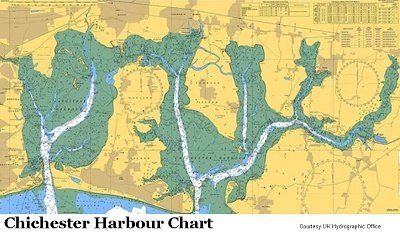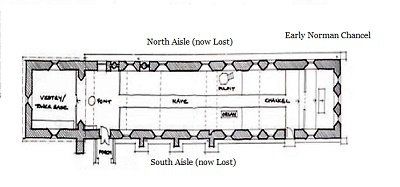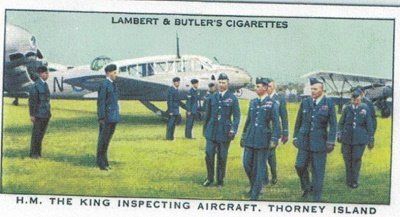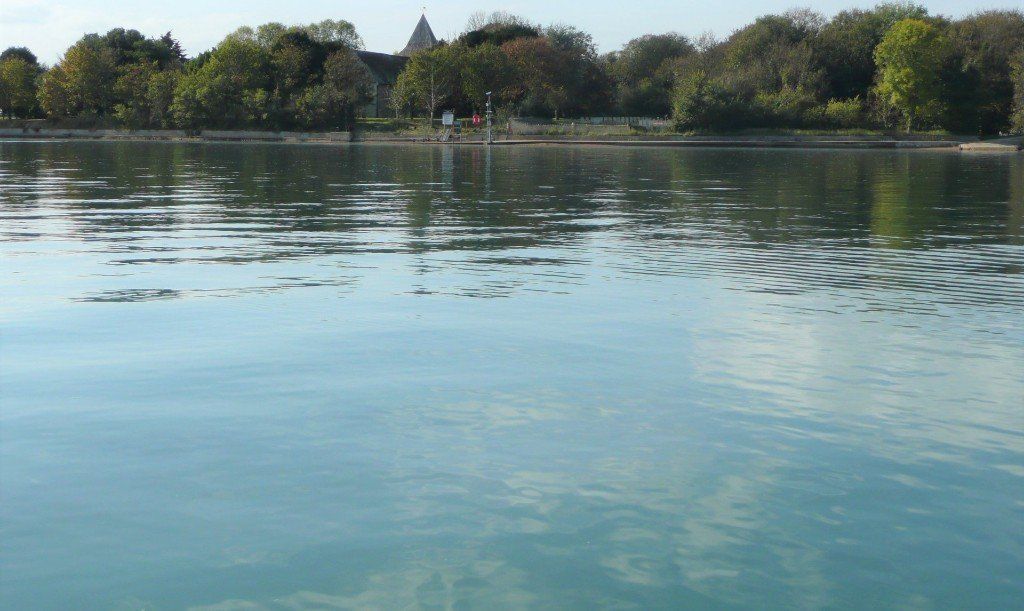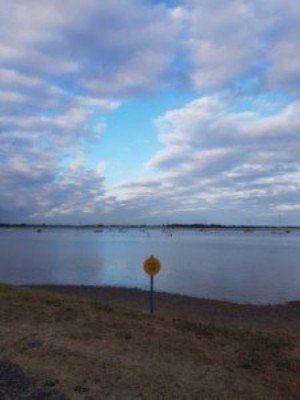History
Some Tasters of our Time Line slides
Pre-Historic Thorney:
Back through the millennia before our Christian calendar, we enter a different world, one in which we may barely recognise the landscape around us.
55BC Roman:
Julius Ceasar lands on the English Coast to reconnoitre. He found an active British trade established across Western Europe, evidenced by the pottery found on the Island and displayed in our cabinets in the Vestry.
Did he choose Chichester Harbour for the invasion 11 years later ?
Saxon Times 450 -880AD:
The south coast is on the front line of the invading Saxons, who quickly take up Christianity. Vikings then raid and seek to occupy, with Wessex the last Christian bastion. Alfred becomes Great, establishing a Danelaw peace and the pattern of England is set. A close run thing?
1028 Saxon: King Canute reportedly tries to hold back the sea from his chair, so sea level rise has been a problem on our coast before. The outgoing tide shows how the landscape may have looked in Saxon times, when Harold Goodwinson's cattle grazed the Goodwin Sands and he worshiped in Bosham Church.
Are the braced chairs bordering the Chichester channel a hand-me-down from King Canute ?
Trickery, Tumult and 1066:
The tale of Earl Godwin and his son Harold is enmeshed in the Norman power politics that sees England loose its Saxon parliament and the begin feudal subjugation. How could this happen?
1178 Norman:
The estimated date that St Nicholas was established, though the tower could be an earlier fortified position with its view of the harbour entrance......Our font is Norman with a chevron design that is similar to West Wittering's. Did our font come over from Normandy in the same boat ?
1568 Reformation: Henry VIII creates the Church of England as Tyndale's bible is printed in English. The break from Rome sees a see-saw of beliefs through the Tudor monarchs. Elizabeth I orders a new chalice and patten for Holy Communion for St Nicholas (and all Sussex Churches). Ours is in the Cathedral Treasury. What was Elizabeth's objective?
Protestant Restoration:
The English Civil War decides the fate of kings and restores a constitutional monarchy. The British parliament selects the protestant kings. George I orders his coat of arms to be displayed in all churches to signify his protestant ascendancy to the British throne. Our Lion and Unicorn are in our chancel on the North Wall, though our lion looks unsure of himself. - What was George up to ?
1938 The Air War:
George VI opens the Thorney Island airdrome which was used for coastal command. A Hawker Fury had crash-landed in 1933 and the site was identified as a prospective airbase. St Nicholas enlists in the RAF. The squadron boards
show the aircraft that flew from Thorney
and records the progress of the air war in Europe. - What were these aircraft designed to do ?
1976 The Peace: The RAF depart and West Thorney joins the Southbourne Parish. St Nicholas reverts to civilian control. Field and Royal Artillery arrive in 1980 and are joined by 12 RA & 16 RA returning from Germany in 2012. Why were the British Army in Germany for so long after Europe was liberated ?
2005 The Renovation: In a history that has seen St Nicholas remodeled several times, another phase of work to renovate St Nicholas begins. This time the Tower roof is rebuilt and covered in oak shakes; the Vestry refurbished with a new oak floor & cupboards; a new organ installed; new heating; new drainage; repairs to the Nave roof trusses; and Nave roof re-tiling. 2018 sees the West Buttress capped in oak shakes, 5 windows refurbished and the East Gable renovated in hot-lime. After repairs to the Vestry in hot-line, we install our exhibition panels - tho' the Vestry walls continue to carry a distinct green tinge.

